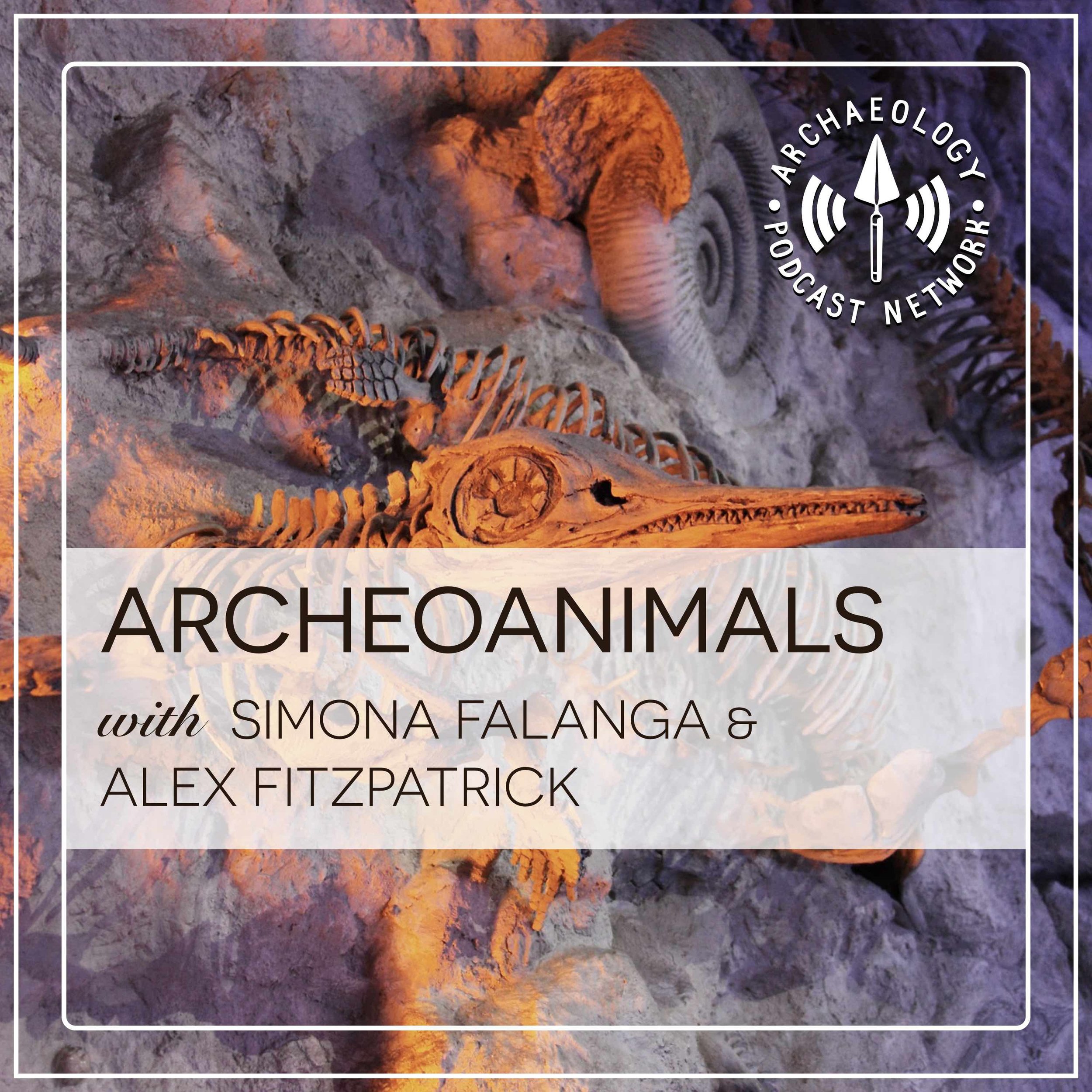This episode brings together episodes 53 to 55 as the unexpected finale of a ‘secret miniseries’ on how zooarchaeology can be used to reconstruct palaeoenvironments in conjunction with other archaeological subdisciplines. But how can the presence or absence of a given toad species infer on past environments? Tune in to find out! Case studies feature the humble European pond turtle/terrapin/tortoise and the palaeoenvironmental reconstruction of an Upper Pleistocene hyena den in Bois Roche, France.
Transcripts
Links and Sources
Betts, M. W., Maschner, H. D., Clark, D. S., Moss, M. L., & Cannon, A. (2011). Zooarchaeology of the “Fish That stops”. Moss, ML and Cannon, A., The Archaeology of North Pacific Fisheries, University of Alaska Press, Fairbanks, 171-195.
Foden, W. B. et al. (2009). Species susceptibility to climate change impacts. Wildlife in a changing world–an analysis of the 2008 IUCN Red List of threatened species, 77.
Muniz, F. P., Bissaro-Júnior, M. C., Guilherme, E., Souza-Filho, J. P. D., Negri, F. R., & Hsiou, A. S. (2021). Fossil frogs from the upper Miocene of southwestern Brazilian Amazonia (Solimões Formation, Acre Basin). Journal of Vertebrate Paleontology, 41(6), e2089853.
Sommerseth, I. (2011). Archaeology and the debate on the transition from reindeer hunting to pastoralism. Rangifer, 31(1), 111-127.
Sommer, R. S., Persson, A., Wieseke, N., & Fritz, U. (2007). Holocene recolonization and extinction of the pond turtle, Emys orbicularis (L., 1758), in Europe. Quaternary Science Reviews, 26(25-28), 3099-3107.
Sommer, R. S. et al. (2009). Unexpected early extinction of the European pond turtle (Emys orbicularis) in Sweden and climatic impact on its Holocene range. Molecular Ecology, 18(6), 1252-1262.
Waters, J. M., Fraser, C. I., Maxwell, J. J., & Rawlence, N. J. (2017). Did interaction between human pressure and Little Ice Age drive biological turnover in New Zealand?. Journal of Biogeography, 44(7), 1481-1490.
Villa, P., Goni, M. F. S., Bescos, G. C., Grün, R., Ajas, A., Pimienta, J. C. G., & Lees, W. (2010). The archaeology and paleoenvironment of an Upper Pleistocene hyena den: an integrated approach. Journal of Archaeological Science, 37(5), 919-935.
Yeomans, L. (2018). Influence of Global and Local Environmental Change on Migratory Birds: Evidence for Variable Wetland Habitats in the Late Pleistocene and Early Holocene of the Southern Levant. Journal of Wetland Archaeology, 18(1), 20-34.
Zuffi, M. A. L.; Celani, A.; Foschi, E.; Tripepi, S. (2007). "Reproductive strategies and body shape in the European pond turtle (Emys orbicularis) from contrasting habitats in Italy". Italian Journal of Zoology. 271 (2): 218–224.
Contact
Alex FitzpatrickTwitter: @archaeologyfitz
Simona FalangaTwitter: @CrazyBoneLady
Alex’s Blog: Animal Archaeology
Music "Coconut - (dyalla remix)" https://www.youtube.com/watch?v=_2UiKoouqaY
